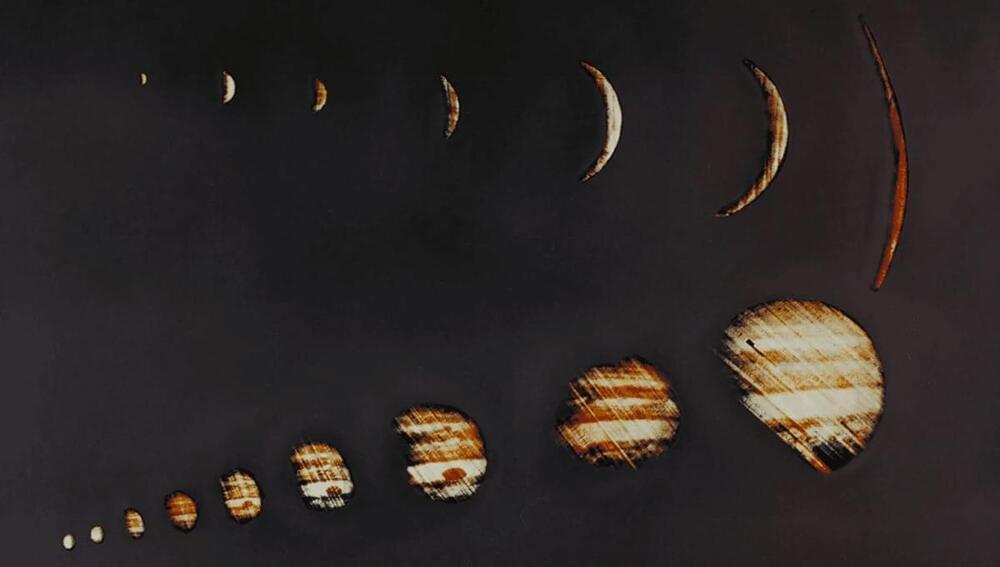In 1972 and 1973, NASA launched the Pioneer 10 and Pioneer 11 probes. They were the first missions to Jupiter and Saturn, before heading to the asteroid belt and becoming the first two of five probes to reach the edge of our Solar System.
With such missions, NASA was of course expecting to hit some unknowns. Even more recent probes like Voyager 1 have had their own share of glitches, and sending back data that doesn’t make any sense. But what NASA got from Pioneer 10 and 11 was a weird and intriguing mystery. At around 20 astronomical units (AU), with one AU being the distance between the Earth and the Sun, both spacecraft began accelerating towards the Sun.
“The anomalous acceleration of the Pioneer 10 and 11 spacecraft is a discrepancy between modeled and observed radio-metric Doppler data received from the two vehicles,” a paper on the topic explains. “The discrepancy can be eliminated by incorporating a constant sunward acceleration of unknown origin.”
